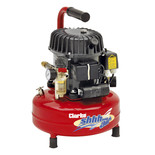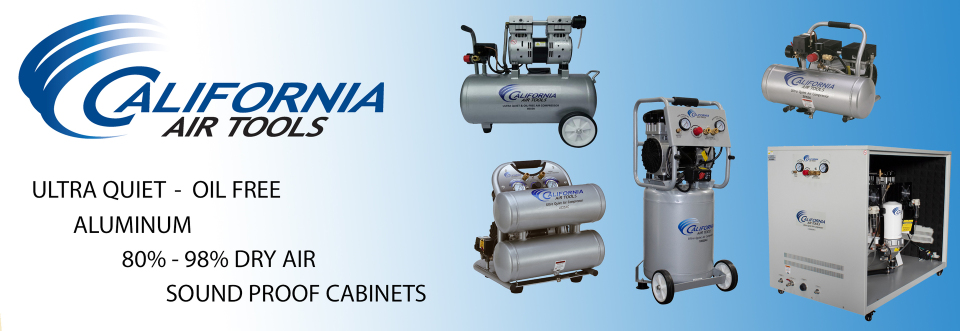Ca++
Well-known member
Anyone tried this? I'm about done with typical air pumps, and the turbo fans used in cordless hoovers seem just as loud. I'm thinking a fridge motor could cut it. Perhaps a 12/24v one, as DC motors can be slowed, and don't have that AC noise. I think Samsung might be using EC motors by now, but DC seems like I might find a used one in an RV fridge.
I have been looking, and they seem to move some air. I know air compressors can use them, and 300 sheets could buy such a thing. I fancy the DC one though, to really slow that reciprocal mass down. Looking for actual silence.
I'm aware the motor runs in oil, and that the outlet pipe needs an oil separator. I would add a res anyway. Perhaps a 2L bottle, as I use anyway. I think it's likely the $10 part called a drier in most systems. I'm yet to look. It's just not an issue, but worth recording the fact for readers years from now, who might jump on the idea without realising. The youtube is full of such examples.
Has this been done? I have an idea regarding a number of buckets with a stone each, which means investing some effort anyway. I can silence the air flow to the stones from pulsing easy enough. That many pumps though... I hope just one fridge lump will do.
I have been looking, and they seem to move some air. I know air compressors can use them, and 300 sheets could buy such a thing. I fancy the DC one though, to really slow that reciprocal mass down. Looking for actual silence.
I'm aware the motor runs in oil, and that the outlet pipe needs an oil separator. I would add a res anyway. Perhaps a 2L bottle, as I use anyway. I think it's likely the $10 part called a drier in most systems. I'm yet to look. It's just not an issue, but worth recording the fact for readers years from now, who might jump on the idea without realising. The youtube is full of such examples.
Has this been done? I have an idea regarding a number of buckets with a stone each, which means investing some effort anyway. I can silence the air flow to the stones from pulsing easy enough. That many pumps though... I hope just one fridge lump will do.








